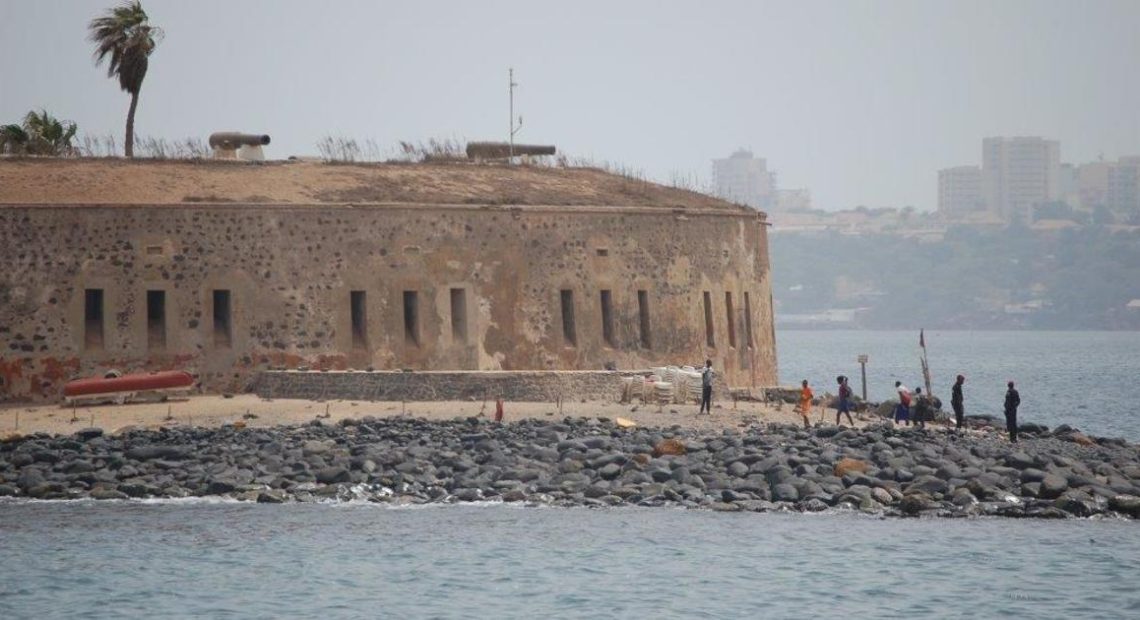

Welcome to Goree Island in Senegal, which played an important part in the early days of African history in south, central and north America.
Located off the coast of Senegal, Goree Island is a small 45-acre island which was developed as a centre of the expanding European slave trade of Black African people.
The first record of slave trading on the Island, dates back to 1536 and was conducted by the Portuguese, the first Europeans to set foot on the Island in 1444.
The house of slaves was built in 1776 by the Dutch and it is the last slave house still in Goree and now serves as a museum and is considered a memorial to the Black Diaspora.
Report says an estimated 20 million Africans passed through the Island between the mid-1500s and the mid-1800s.
During the African slave trade, Goree Island was a slave-holding warehouse, an absolute centre for the trade of African men, women, and children, who were mostly West Africans, taken against their will.
The Africans were brought to Goree Island, sold into slavery, and held in the holding warehouse on the island until they were shipped across the Atlantic Ocean.
They were later sold in South America, the Caribbean, and North America to create a new world.
Human beings were chained and shackled, while their living conditions on Goree Island were atrocious.
As many as 30 men would sit in an 8-square-foot cell with only a small slit of the window facing outward. They were fed and allowed to attend to their needs once a day, but still, the house was overrun with the disease.
Also, they were naked except for a piece of cloth around their waists and put in a long narrow cell to lie on the floor, one against the other.
The children were separated from their mothers who were across the courtyard, were unable to hear their children cry.
However, the rebellious Africans were locked up in an oppressive, small cubicle under the stairs; while seawater was sipped through the holes to ease dehydration.
Above their heads, in the dealer’s apartments, balls and festivities were going on. But even more, poignant and heart-wrenching than the cells and the chains were the small “door of no return” through which every man, woman, and child walked to the slave boat, catching a last glimpse of their homeland.
Meanwhile, when the French abolished slavery in 1848, 6000 persons and 5000 former captives lived on the island.
Designated by the United Nations Educational, Scientific Cultural Organization (UNESCO) to be a World Heritage Site, Goree Island in the 21st century retains and preserves all the traces of its terrible past.
The main Slaves’ House built in 1777 remains intact with cells and shackles; the Historical Museum, the Maritime Museum, residential homes, and forts are also standing.
The Island today has about 1000 residents.
Culled/Olaolu Fawole